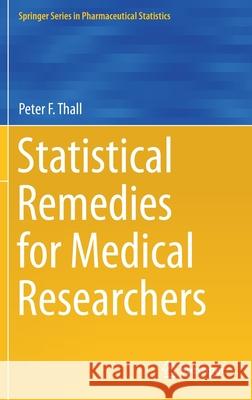Statistical Remedies for Medical Researchers » książka
topmenu
Statistical Remedies for Medical Researchers
ISBN-13: 9783030437138 / Angielski / Twarda / 2020 / 291 str.
Statistical Remedies for Medical Researchers
ISBN-13: 9783030437138 / Angielski / Twarda / 2020 / 291 str.
cena 441,75
(netto: 420,71 VAT: 5%)
Najniższa cena z 30 dni: 424,07
(netto: 420,71 VAT: 5%)
Najniższa cena z 30 dni: 424,07
Termin realizacji zamówienia:
ok. 22 dni roboczych
Dostawa w 2026 r.
ok. 22 dni roboczych
Dostawa w 2026 r.
Darmowa dostawa!
Kategorie BISAC:
Wydawca:
Springer
Seria wydawnicza:
Język:
Angielski
ISBN-13:
9783030437138
Rok wydania:
2020
Wydanie:
2020
Numer serii:
000904323
Ilość stron:
291
Waga:
0.60 kg
Wymiary:
23.39 x 15.6 x 1.75
Oprawa:
Twarda
Wolumenów:
01
Dodatkowe informacje:
Wydanie ilustrowane











